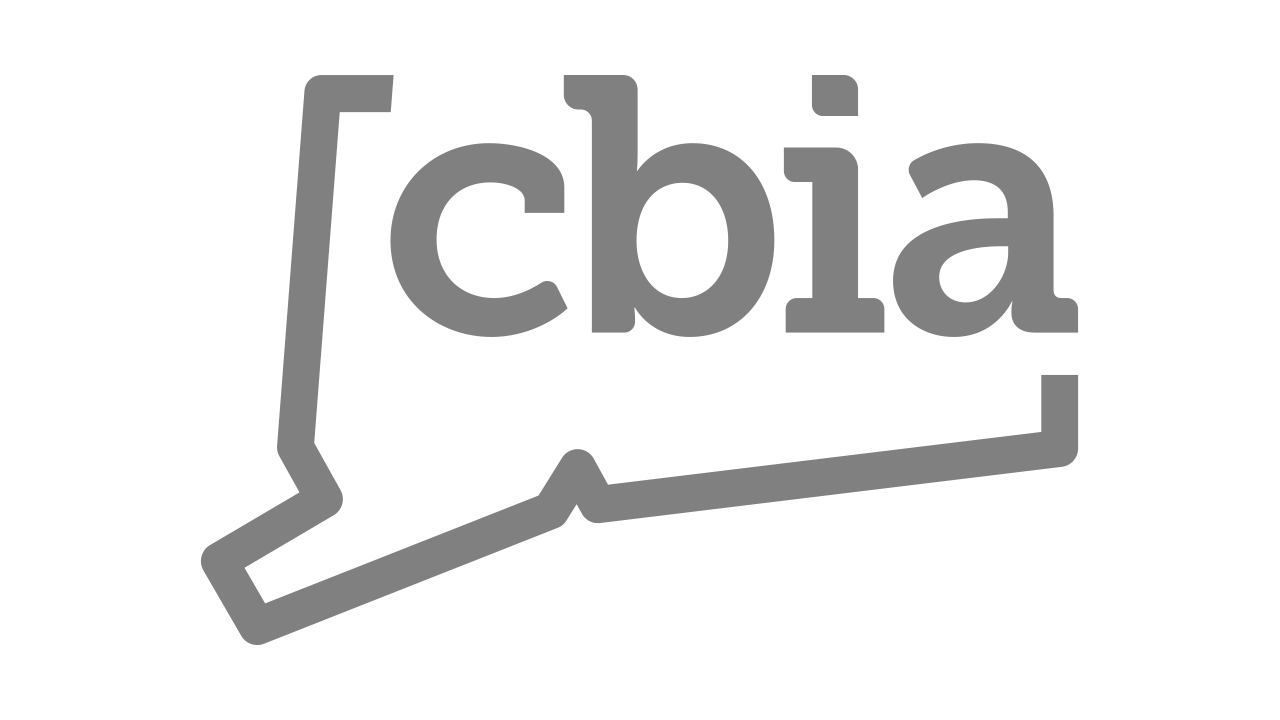A Deep Dive into ATEX Standards and the Importance of Static Control
In industrial environments where combustible dusts or gases are present, safety is not just a priority—it’s a regulatory requirement. That’s where ATEX standards come in. These European Union directives are designed to ensure that equipment used in potentially explosive atmospheres is safe, reliable, and minimizes the risk of ignition. One of the most critical and often overlooked factors in meeting ATEX compliance is static control.
At Siftex, we understand that managing static electricity isn’t just about compliance—it’s about protecting your people, your plant, and your product. In this blog, we’ll explore what ATEX standards mean, why static control is essential, and how the right flexible connectors can make all the difference.
What Are ATEX Standards?
ATEX is short for “ATmosphères EXplosibles”, and it refers to two EU directives that regulate equipment and protective systems used in explosive environments:
- ATEX 2014/34/EU (Equipment Directive): Applies to manufacturers of equipment intended for use in explosive atmospheres.
- ATEX 99/92/EC (Workplace Directive): Applies to employers and defines the responsibilities for ensuring a safe working environment.
These standards apply to environments where a mixture of air and flammable substances—such as dust, vapor, or gas—has the potential to explode. Industries like food processing, pharmaceuticals, plastics, and chemicals frequently fall under ATEX regulation due to the fine powders and volatile materials they handle.
Why Static Control Matters
Static electricity is one of the leading causes of ignition in explosive atmospheres. In processes involving dry powders or fast-moving materials, static buildup can easily occur through friction or separation. Without proper dissipation, this static charge can discharge as a spark—creating the perfect condition for an explosion.
Static control becomes especially critical in components like flexible connectors, hoses, and tubing, which are in constant contact with flowing materials. If these components aren’t designed to safely dissipate static, they pose a serious risk to equipment and personnel.
Flexible Connectors & ATEX Compliance
When selecting flexible connectors for ATEX-regulated areas, it's essential to choose materials and designs that support safe static dissipation. At Siftex, our ClearFlex SDX line was developed specifically to meet this challenge.
ClearFlex SDX is a static-dissipative polyurethane film that combines excellent durability with superior clarity—ideal for visual inspection while maintaining ATEX compliance. Unlike traditional materials that rely on grounding wires or metal reinforcements, SDX material achieves uniform static dissipation across its entire surface, reducing the risk of arcing or unintentional grounding failure.
Key Features of Static-Safe Flexible Connectors
To comply with ATEX and reduce static hazards, your flexible connectors should include:
- Static-dissipative or conductive materials that meet surface resistance thresholds (typically <10⁹ ohms).
- Continuous paths to ground through bonding and proper equipment design.
- Non-metallic, spark-free construction where applicable to reduce mechanical sparking.
- Durable construction to withstand abrasion and flexing without degrading static control properties.
At Siftex, we offer a range of materials and constructions—both sewn and welded—to meet the unique requirements of your process, while ensuring ATEX compliance and maximum performance.
Safety, Compliance, and Confidence
Implementing ATEX-compliant solutions with proper static control isn’t just about meeting regulations—it’s about creating a safer, more reliable operation. Ignition prevention, dust containment, and personnel safety all depend on the right components functioning as intended, especially in high-risk zones.
By choosing flexible connectors and tubing engineered for ATEX environments, you're investing in the safety and longevity of your plant. With Siftex, you also gain the expertise and support of a team that understands both the regulatory landscape and the real-world challenges of processing environments.
Get Expert Help with ATEX-Compliant Solutions
Whether you're upgrading existing equipment or building a new system from the ground up, Siftex can help you select flexible connectors that meet ATEX standards and support safe static control. Our team will work with you to find or create a solution tailored to your process, materials, and compliance needs. Request a quote to get started and ensure your system is as safe as it is efficient.



